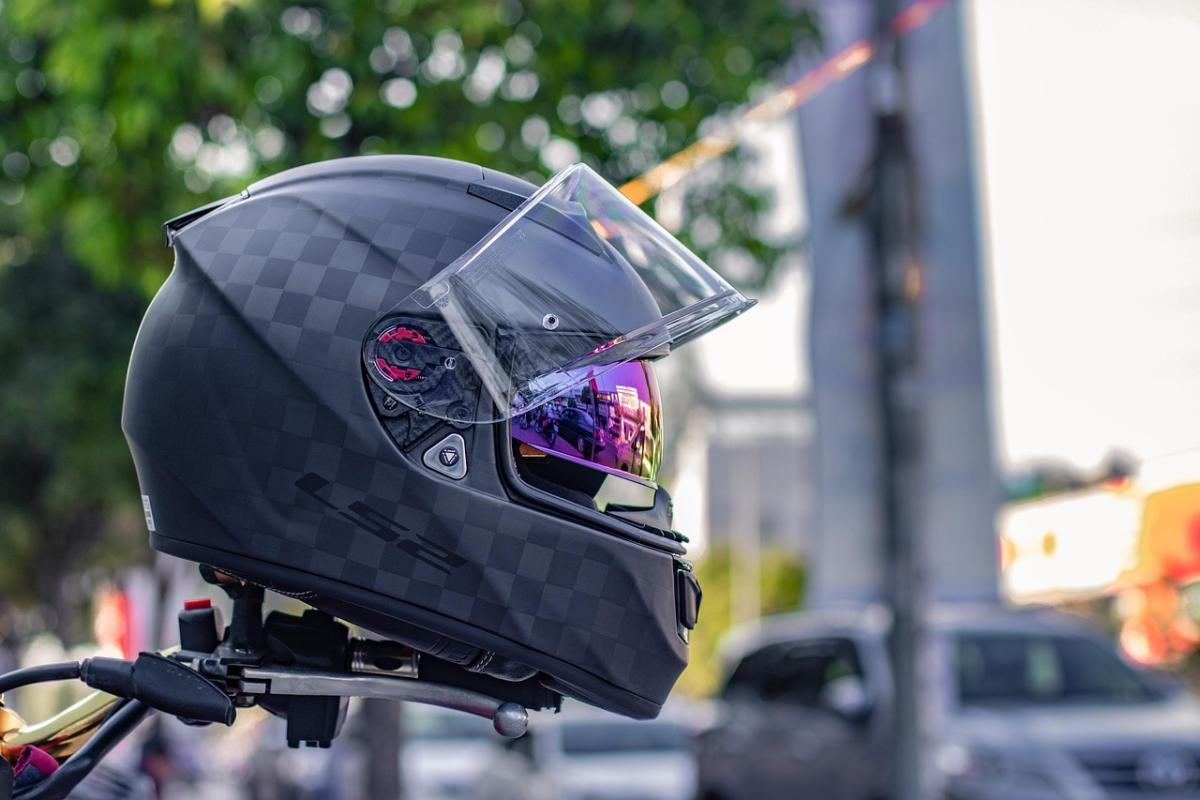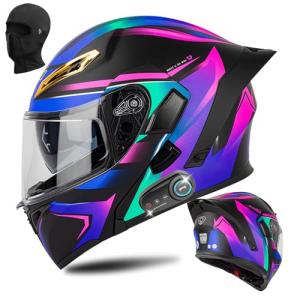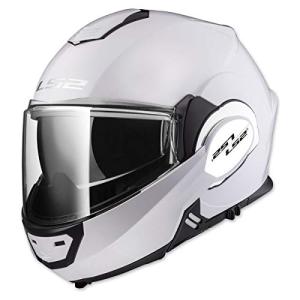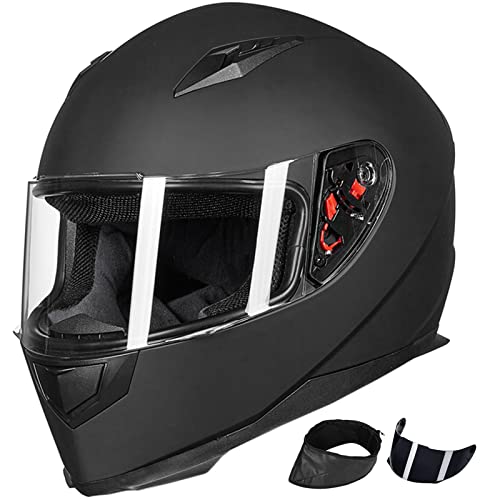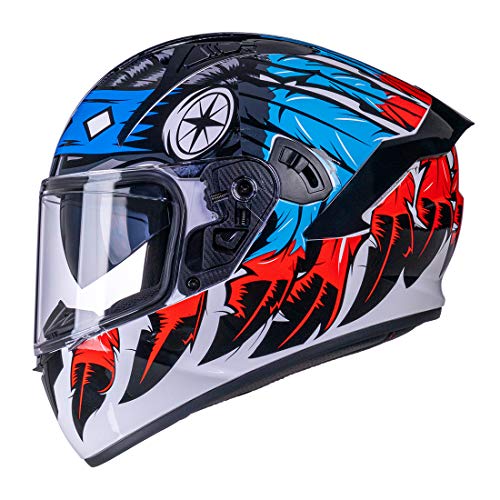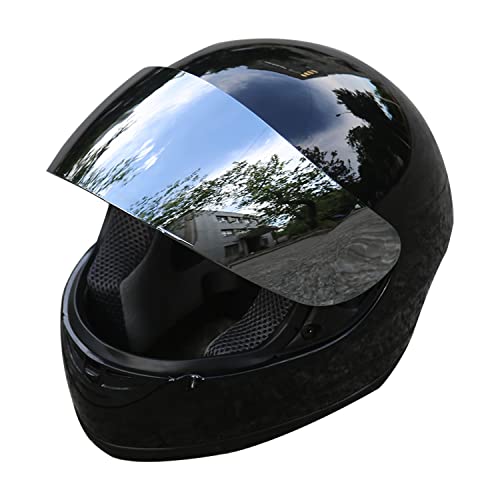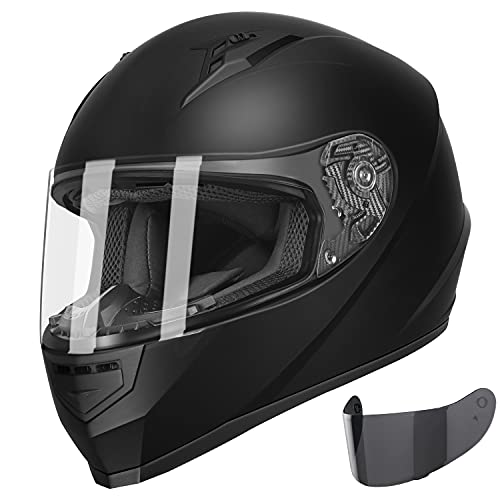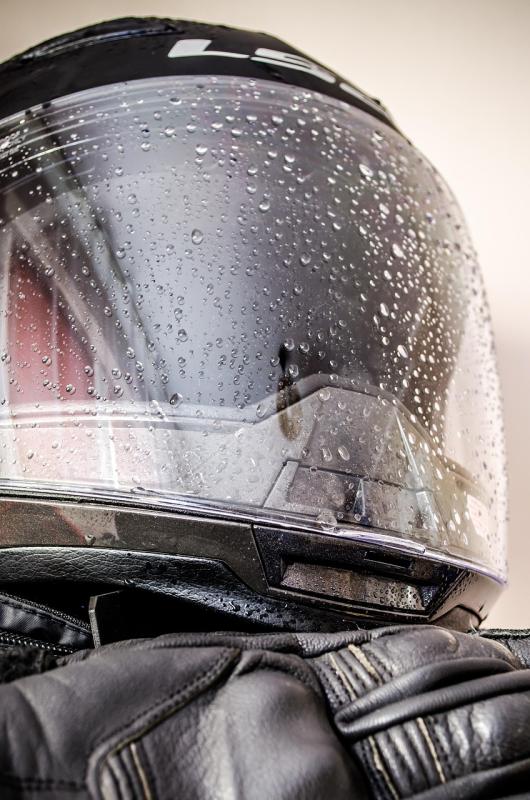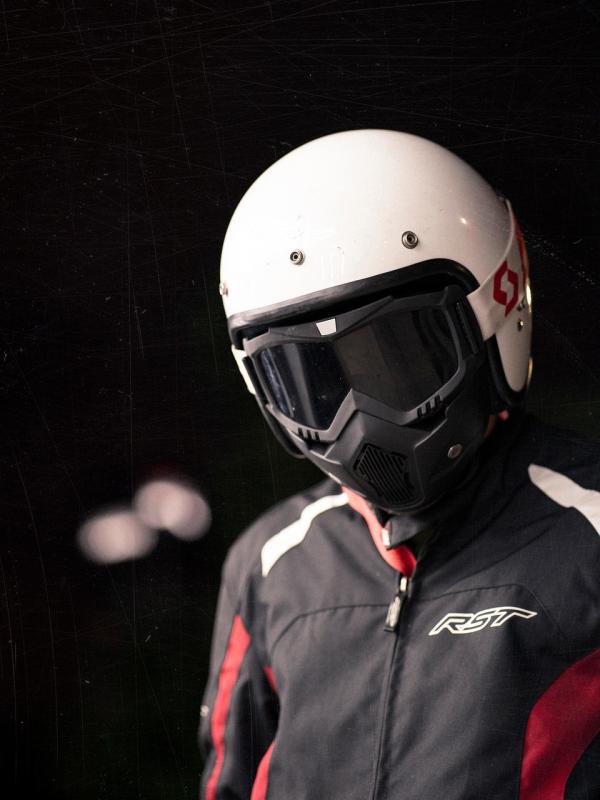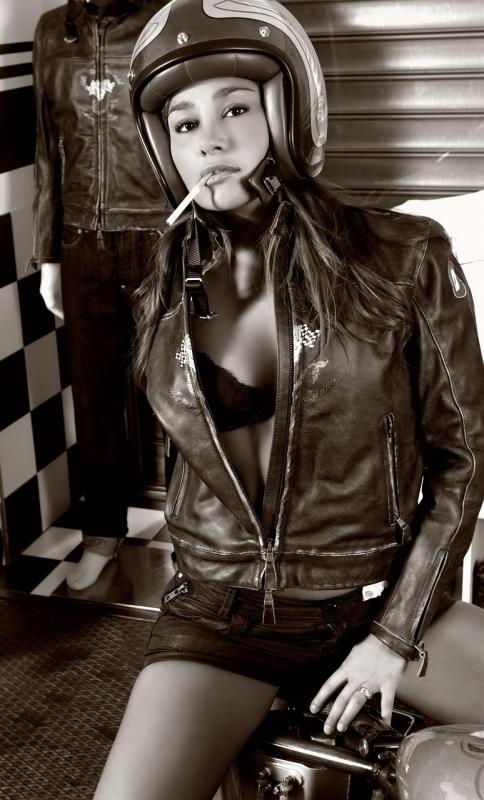When you're diving into the world of motorcycle helmets, it helps to know what's out there. Each type of helmet has its own vibe and function, so let’s break it down. This part of your Motorcycle Helmet Buying Guide will make sure you pick the right one for your ride.
Full-Face Helmets: These helmets cover your entire head and face. They're great for complete protection, blocking wind, bugs, and debris. If you're planning on longer rides or like the idea of feeling cozy and secure, a full-face helmet is a solid choice. Plus, they often come with added features like ventilation systems to keep you cool.
Open-Face Helmets: Also known as three-quarter helmets, these leave your face exposed. They offer a nice balance between protection and a sense of openness. If you're cruising around town and want to enjoy the breeze, this is your go-to. Just keep in mind that you might not have as much protection from the elements.
Half Helmets: These are the classic “skullcap” style. They cover just the top of your head, giving you a laid-back feel. While they’re lightweight and super comfortable, they don’t offer as much protection as the other types. If you're zipping around on short trips and value comfort over coverage, this could work for you.
Modular Helmets: Want the best of both worlds? Modular helmets let you flip up the chin bar, giving you the option of riding with an open face or full coverage. They're super convenient for quick stops or chatting without taking the helmet off. Just make sure the locking mechanism is robust, so it stays secure when you're riding.
Key Features to Look For
Choosing the right motorcycle helmet is crucial for your safety and comfort on the road. Here are some key features you should look for in this Motorcycle Helmet Buying Guide.
1. Fit and Comfort: A helmet should fit snugly without being too tight. Look for adjustable straps and padding that feels good against your skin. If it shifts around when you move your head, it’s not the right one for you.
2. Safety Ratings: Always check for safety certifications like DOT, ECE, or Snell. These ratings tell you that the helmet has been tested and meets safety standards. Don’t skip this step—your safety is way too important!
3. Ventilation: Good airflow can make a big difference during long rides. Look for helmets with adjustable vents to help keep you cool. This keeps you comfortable and focused on the ride instead of sweating it out.
4. Weight: Lighter helmets are easier to wear for extended periods. Heavy ones can make your neck tired quickly. Check the weight before making your choice. Having a lightweight helmet doesn't mean you compromise on safety.
5. Visor Quality: A clear shield is key for visibility. Make sure it’s scratch-resistant and has an anti-fog feature if you ride in varying weather. A good visor enhances your overall experience and keeps your view clear.
Bluetooth Modular Flip Up Full Face Motorcycle Helmet
Stay connected and safe on the road with this versatile helmet that features a flip-up design and built-in Bluetooth
Product information
$139.99
Product Review Score
4.1 out of 5 stars
173 reviewsProduct links
Sizing Your Helmet for Comfort
Finding the right size helmet is super important for your comfort and safety while riding. A helmet that fits well keeps your head protected and makes your rides way more enjoyable. So, how do you make sure you’re choosing the right size? This Motorcycle Helmet Buying Guide will help you out!
First off, measure your head. Grab a flexible measuring tape and wrap it around the widest part of your head, usually about an inch above your eyebrows. Keep it snug but not too tight. Write down the measurement in inches or centimeters. Once you have that number, check the sizing chart of the helmet brand you’re looking at. Sizes can vary from one brand to another, so double-checking is key!
Next, try on the helmet if you can. Put it on and give it a little shake. The helmet should feel snug but not cause any discomfort. Pay attention to pressure points—if you feel pinching in some areas, it might not be the one. Also, check the chin strap. It should be tight enough to keep the helmet in place, but you should still be able to comfortably fit a finger underneath it.
Don’t forget about the helmet’s interior padding. It’ll break in over time, so if it feels a bit snug at first, that’s okay. However, if it feels like it might squeeze your head too much, try a larger size. The goal is to feel secure without any annoying pressure. Following these steps from our Motorcycle Helmet Buying Guide will lead you to a comfortable helmet you can wear for miles!
LS2 Modular Valiant White Helmet - 2X-Large
Experience the ultimate comfort and safety with the LS2 Modular Valiant White Helmet, designed for every ride
Product information
$199.95
Product Review Score
4.55 out of 5 stars
213 reviewsProduct links
Safety Standards That Matter
When you're diving into the world of motorcycle helmets, safety standards are a big deal. You want something that’s not just stylish but will actually protect your noggin. Helmets are tested and rated by several organizations, and knowing these can help you make the best choice. In this Motorcycle Helmet Buying Guide, let’s break it down.
One of the key safety certifications to look for is DOT. This stands for the Department of Transportation, and if a helmet has this sticker, it meets the minimum safety requirements. You can feel good about a DOT-approved helmet; it's designed to withstand impact and provide decent protection in case of a fall.
Another important standard is ECE. The Economic Commission for Europe does testing that’s a bit tougher than DOT. ECE-certified helmets are sold globally and are a solid choice. If you see this label, it means the helmet passed rigorous tests for impact and performance. You can trust that it’s built to keep you safe.
There's also Snell certification. If you’re really serious about safety, look for helmets with Snell approval. These helmets undergo tough testing, more than the DOT or ECE, so they’re fantastic for riders who push the limits. Keep an eye on these certifications as you go through this Motorcycle Helmet Buying Guide; they can make all the difference when it comes to your safety.
In addition to these certifications, check the helmet's construction. Materials like polycarbonate or fiberglass are popular because they offer great impact resistance without being overly heavy. A well-made helmet feels good and does its job. The right fit is also crucial; a helmet should feel snug but not uncomfortable. Finding the right helmet balance is what this Motorcycle Helmet Buying Guide is all about!
